California will impose water restrictions for the first time in the state’s history. These permanent restrictions come after California’s Water Resources Control Board has finally approved a policy that has long been debated.
Environmental activists and many government officials have wanted to see water restrictions throughout the state, as they believe it will help California as a whole, particularly during droughts.
Water Restrictions in California

The Water Resources Control Board has officially approved a policy that has been in the works for years. The policy, coined Making Conservation a California Way of Life, was first pushed by legislation former Governor Jerry Brown signed back in 2018.
Now, this policy aims to decrease statewide water use as a whole. These water reductions and restrictions will help ensure droughts aren’t as severe as they’ve been in the past, according to supporters.
Who Is Getting Their Water Restricted?
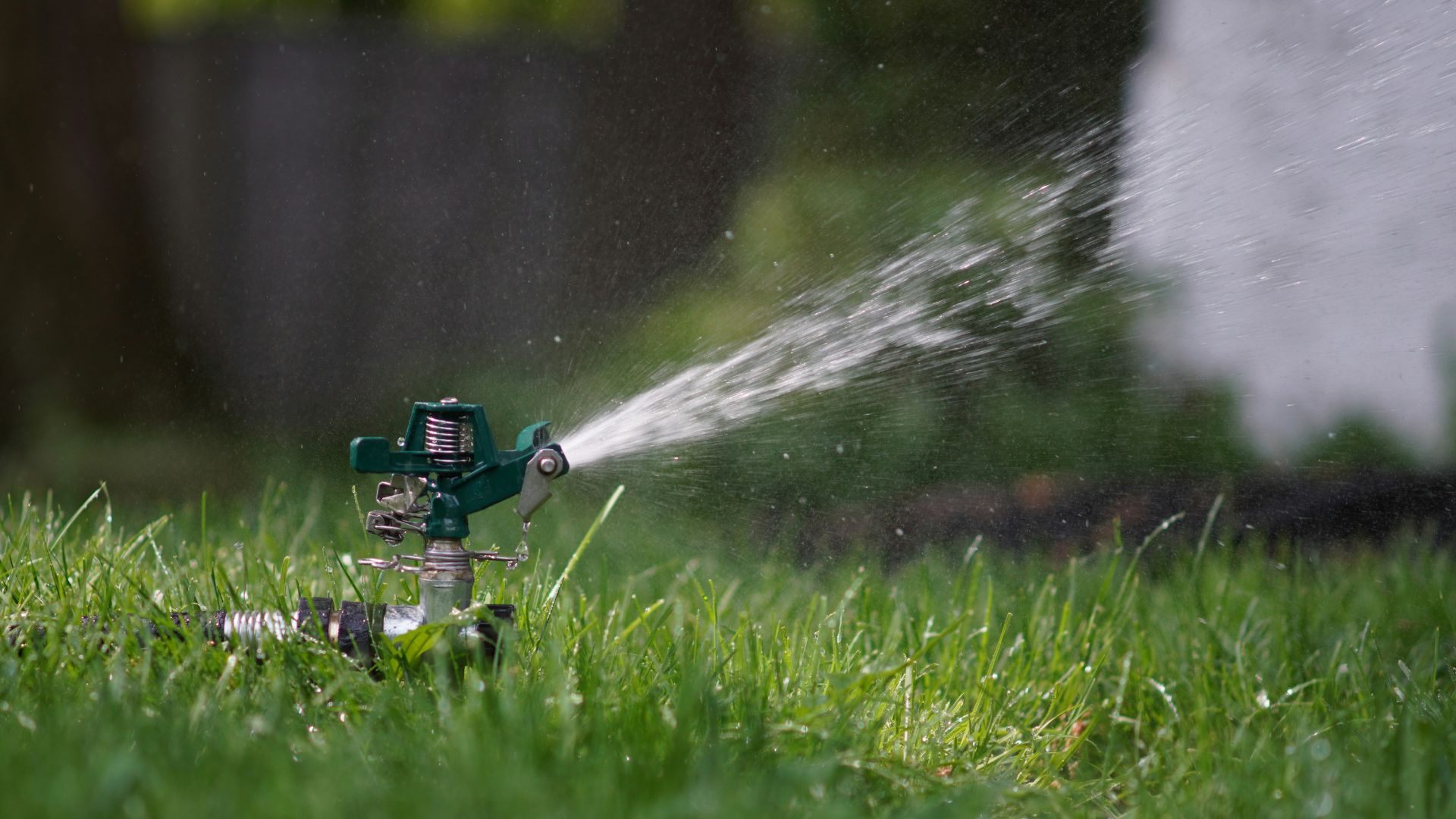
This policy doesn’t restrict water usage for everyone. Instead, it only mandates that retail water suppliers reduce their usage by about 30% in the next 15 years.
Therefore, this restriction doesn’t mandate the water usage of individual households or California residents. It also doesn’t restrict the water of businesses.
Fines on Water Suppliers

If these retail water suppliers do not follow these new mandates and guidelines, then they will face daily fines. According to this new policy, they can face $10,000 in daily fines.
The government is hoping this threat of daily fines will encourage these water suppliers to actually follow the water restriction guidelines they are given.
Not All Suppliers Will Be Fined The Same

A daily fine of $10,000 for non-compliance with the new water restrictions might seem drastic but this will not hit all water suppliers equally.
The State Water Resources Control Board has said that only a small portion of the state’s largest water suppliers will be met with such stringent restriction. For smaller water suppliers in California, most fines for non-compliance will be capped at $1,000 per day.
How Water Will Be Reduced
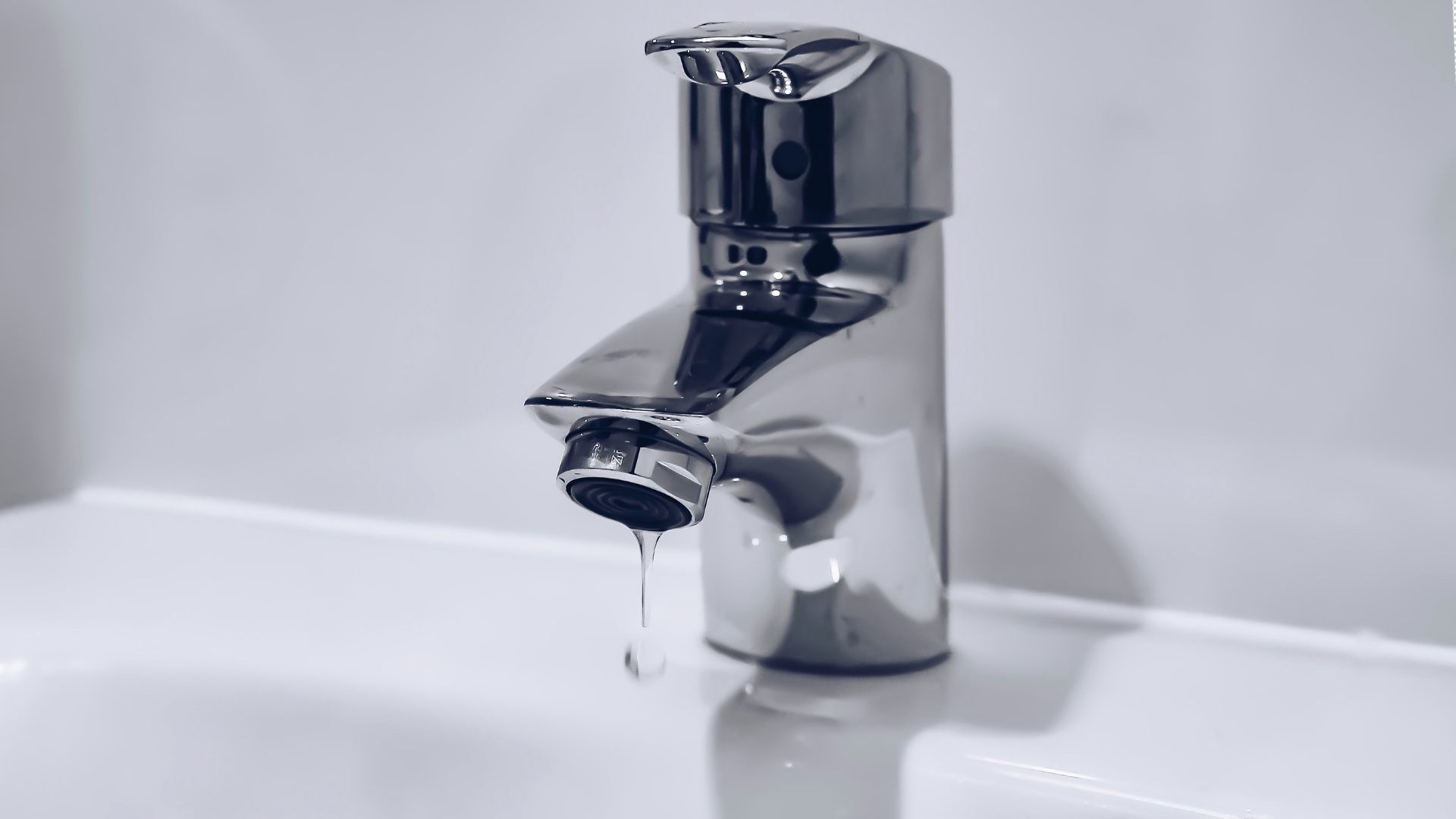
The policy has also stated that it is up to the individual retail water suppliers to find out how they will end up reducing their overall water usage over the next 15 years.
They likely will encourage their customers to reduce their own water usage. They may find success in this by pushing customers to use low-flow appliances. Imposing their own restrictions may also help.
It Will Be A Challenge For Suppliers

Introducing these restrictions will not come without its difficulties. This move towards water conservation will require 400 water suppliers across the state to significantly reduce their water usage.
“This regulation will be very challenging – it will require a whole statewide effort to change the way that we use water in California,” said Chelsea Haines, regulatory relations manager with the Association of California Water Agencies, representing 90% of the state’s suppliers.
Different Regions Will Have Different Restrictions

This policy is also analyzing each supplier and region to understand how best to put forth these water restrictions. Therefore, not every supplier or region will actually see notable restrictions.
These reductions will be based on overall water consumption seen in the region’s past, as well as land use and climate.
Smaller Suppliers May Be Vulnerable to the Changes
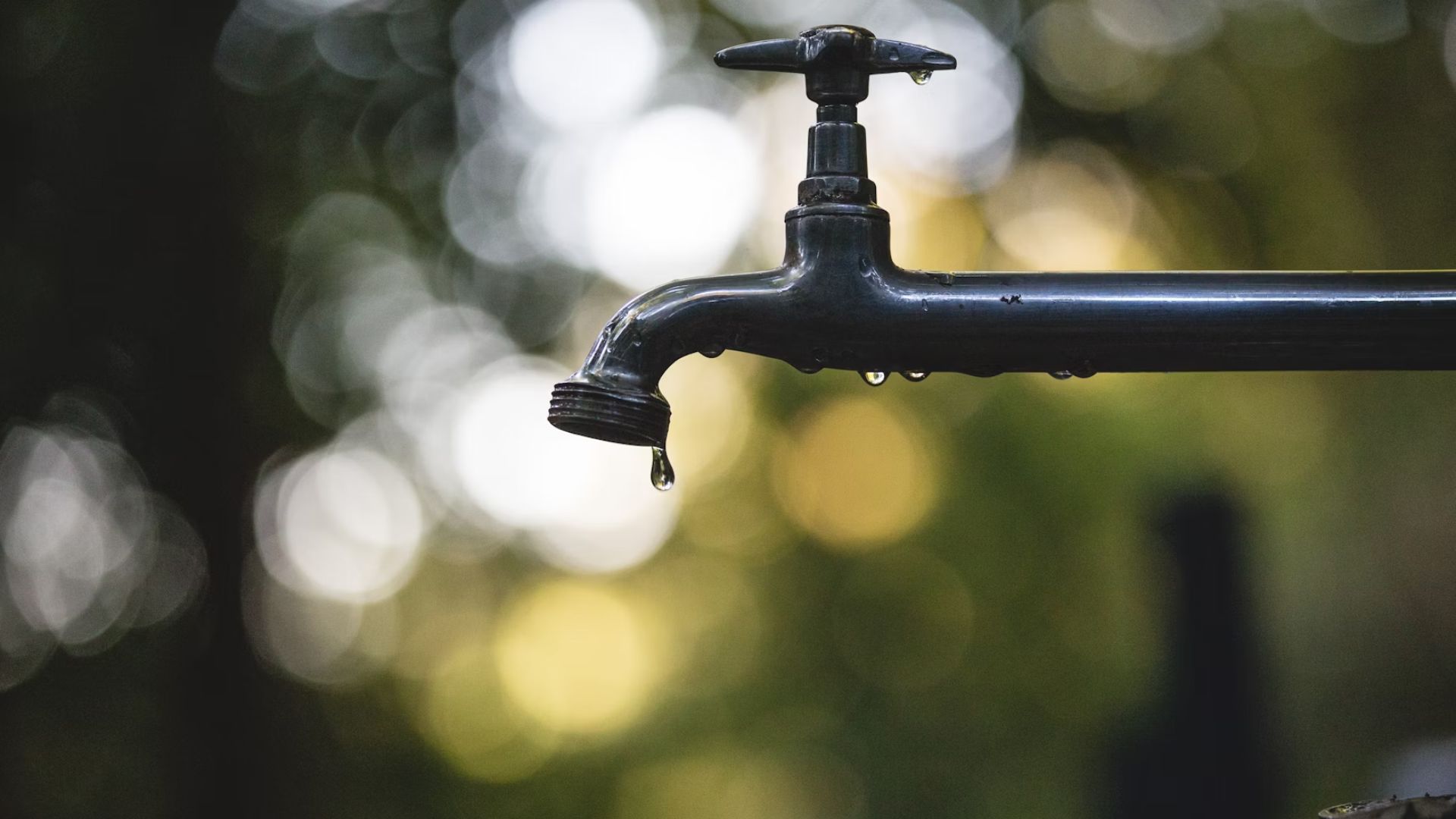
The Association of California Water Agencies was part of a coalition of groups that said this would burden low-income suppliers.
Agencies facing the steepest reductions are based in inland areas that fall below the state median household income levels. For example, suppliers in Bakersfield will need to cut usage by 25% by 2030, whereas the Los Angeles Department of Water and Power does not need to achieve its first reduction of 6% until 2035.
Bay Area Water Reductions

For example, the Bay Area doesn’t actually overuse a ton of water. Historically, water usage in the region as a whole hasn’t been high — it has actually been quite low.
Therefore, this region won’t see any major reductions, especially when compared to other parts of California.
Los Angeles County’s Water Usage

Los Angeles County, as a whole, is another story. Interestingly, it appears reductions will vary by region within the county, as it’s so big.
So, California American Water Company – Los Angeles Division will only see a reduction of about 15% by 2040. Meanwhile, Los Angeles County Waterworks District 40 – Antelope Valley will see a much higher reduction of 42% by 2040.
Critics Denounce Policy
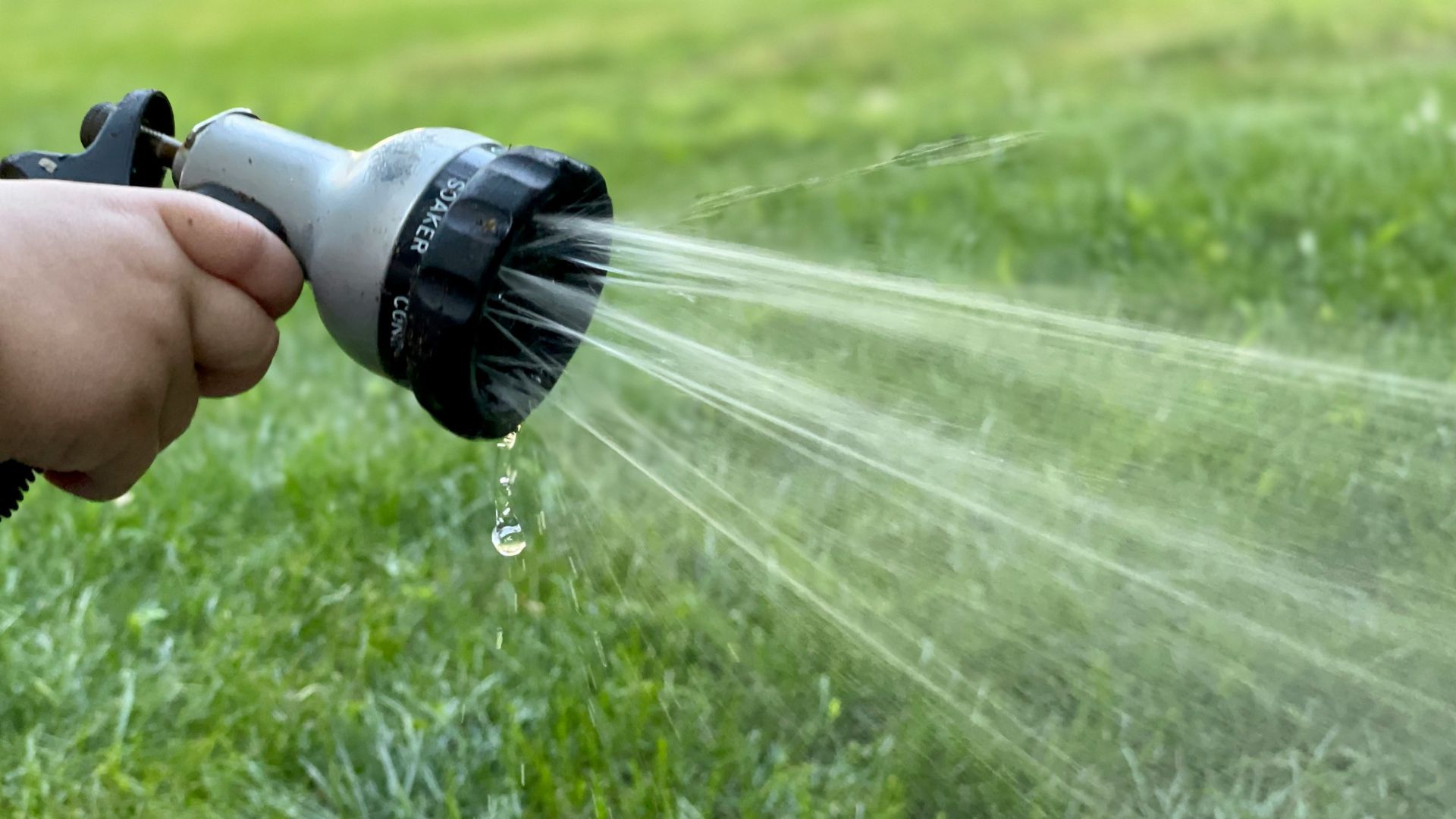
Perhaps unsurprisingly, there are many critics who have openly disagreed with this new policy. Various water agencies have criticized this water policy from the get-go.
However, even many environmental activists and groups have disagreed with this policy, mainly because they believe the water restrictions should have been much higher.
When This New Policy Goes Into Effect

Now that the board has finally agreed on this policy, it will officially go into effect on January 1, 2025.
The board has also explained that this means the first round of water cuts must occur by 2027, in order to meet these various 2040 water usage goals.
The Regulation Is Not As Watertight As It Seems

The new rules for water suppliers are not immune from problems. Critics have said that the new legislation leaves too much room for backsliding wherein agencies that had been meeting regional goals might fall short of the new individual goals.
There have also been criticisms about weakened outdoor landscape efficiency standard and uncapped water allowances for land that could be irrigated in the future.
Wiggle Room Reduces The Water Saved
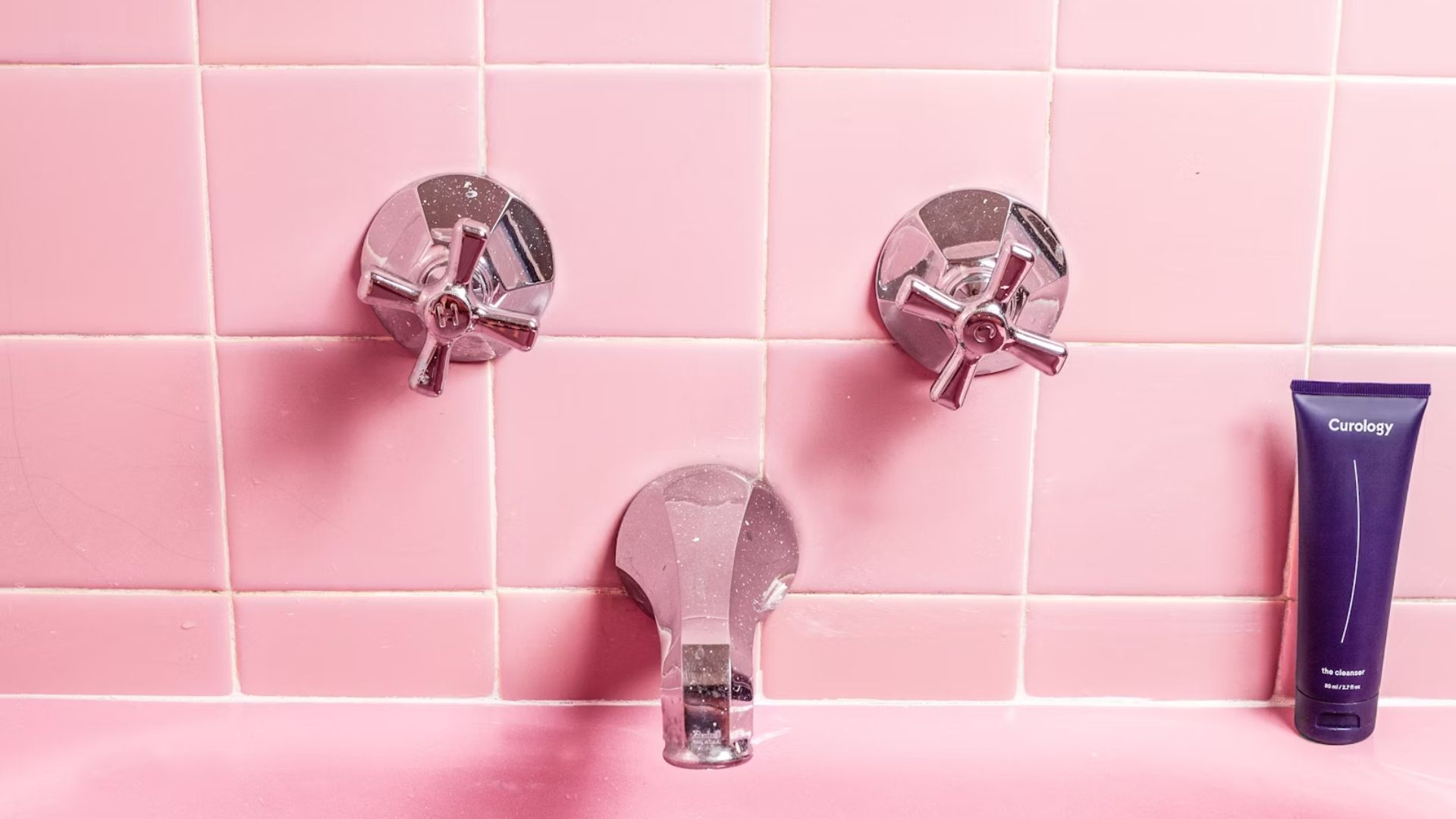
Critics of the new regulation have expressed concern that the legislation is not tight enough with too few standards for certain types of water usage. They are not complaining for no reason.
The combination of potential backsliding and uncapped allowances for land that could be irrigated amounts to 390,000 fewer acre-feet of water conserved by 2030 than in earlier drafts. That is equal to about 326,000 gallons.
The Restrictions Will Save Water

These restrictions have been brought in under the Making Conservation a California Way of Life framework for water management.
The new limits on water usage will help save 500,000 acre-feet of water annually by 2040, which would be enough to supply more than 1.4 million household with a year’s worth of water. These are major water savings without burdening individual households.
Helping California Through Droughts
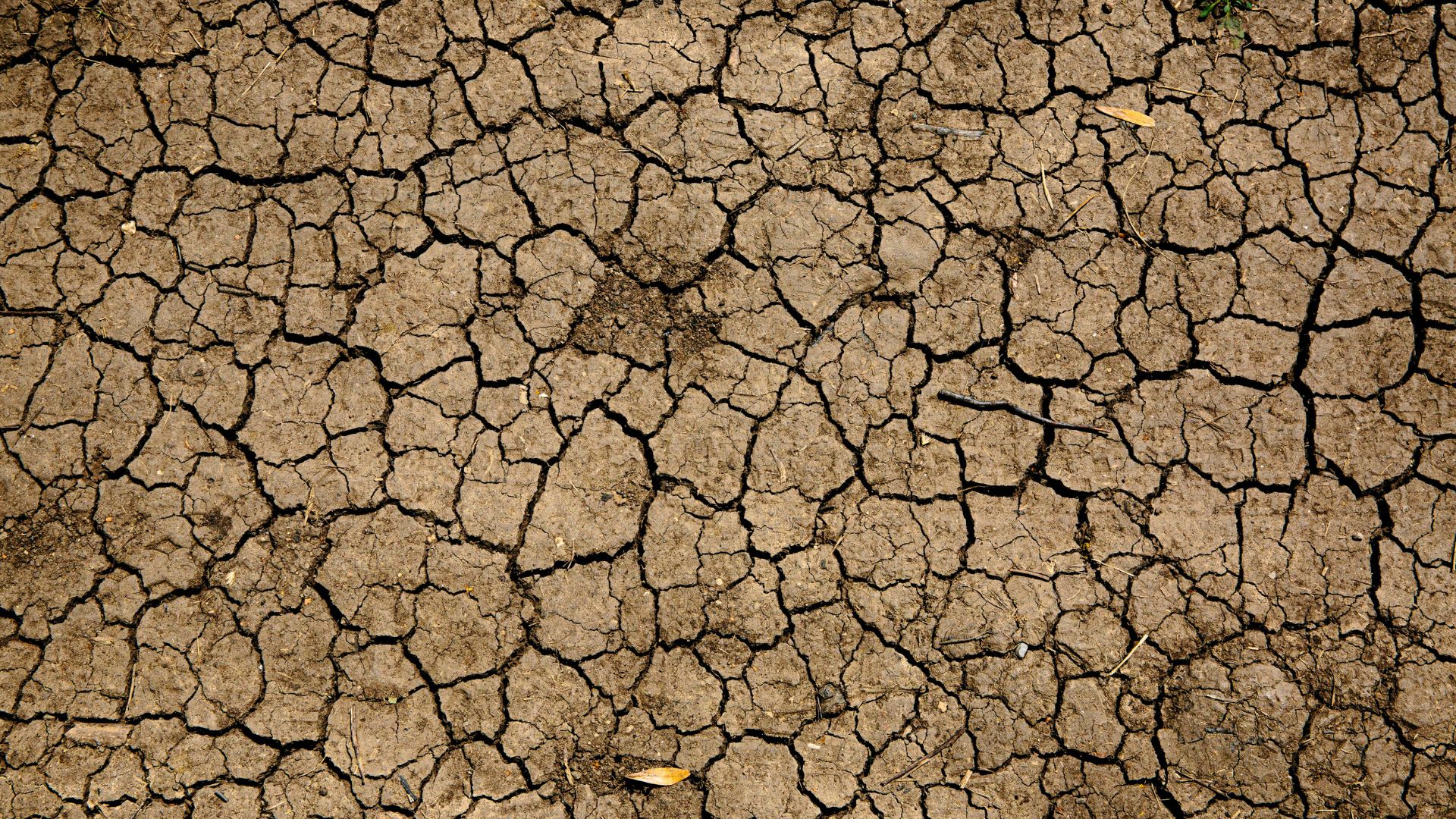
As a whole, California has recently had a rough time with various, ongoing droughts throughout the state.
These droughts have led many to believe that water reductions during normal periods would help conserve water — and, therefore, greatly help the entire state when these periods of droughts eventually return. Unfortunately, California will always be prone to droughts.
Water Scarcity Could Become A Reality For The Golden State
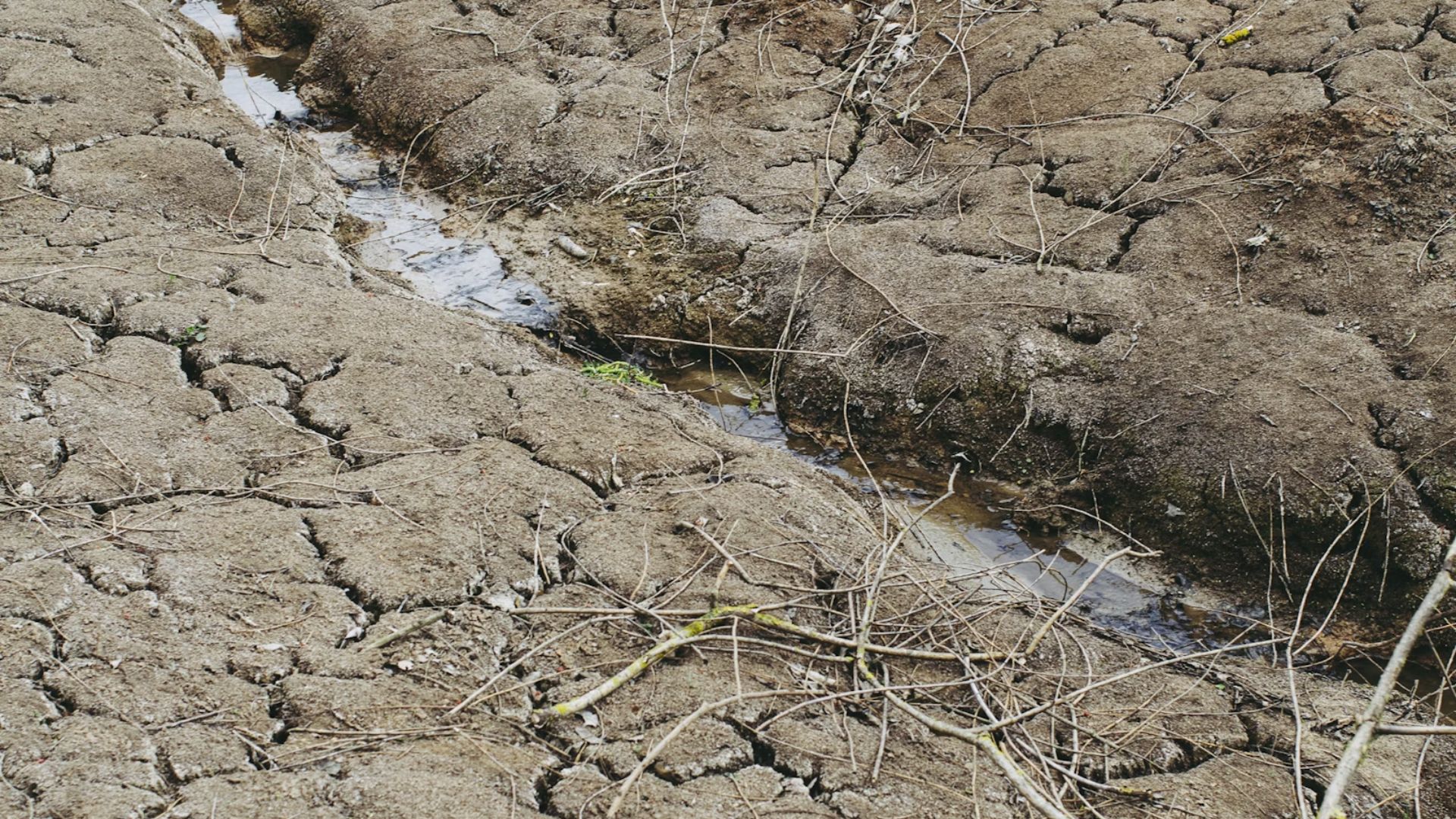
Hopefully, this new regulation will be one of several solutions needed to face the looming threat of water scarcity California.
Over the last decade, the golden state has suffered two major droughts and is expected to experience a 10% water supply shortfall by 2040. This is because climate change will cause California to have increasingly hotter and drier weather conditions.
Environmental Groups Call For More
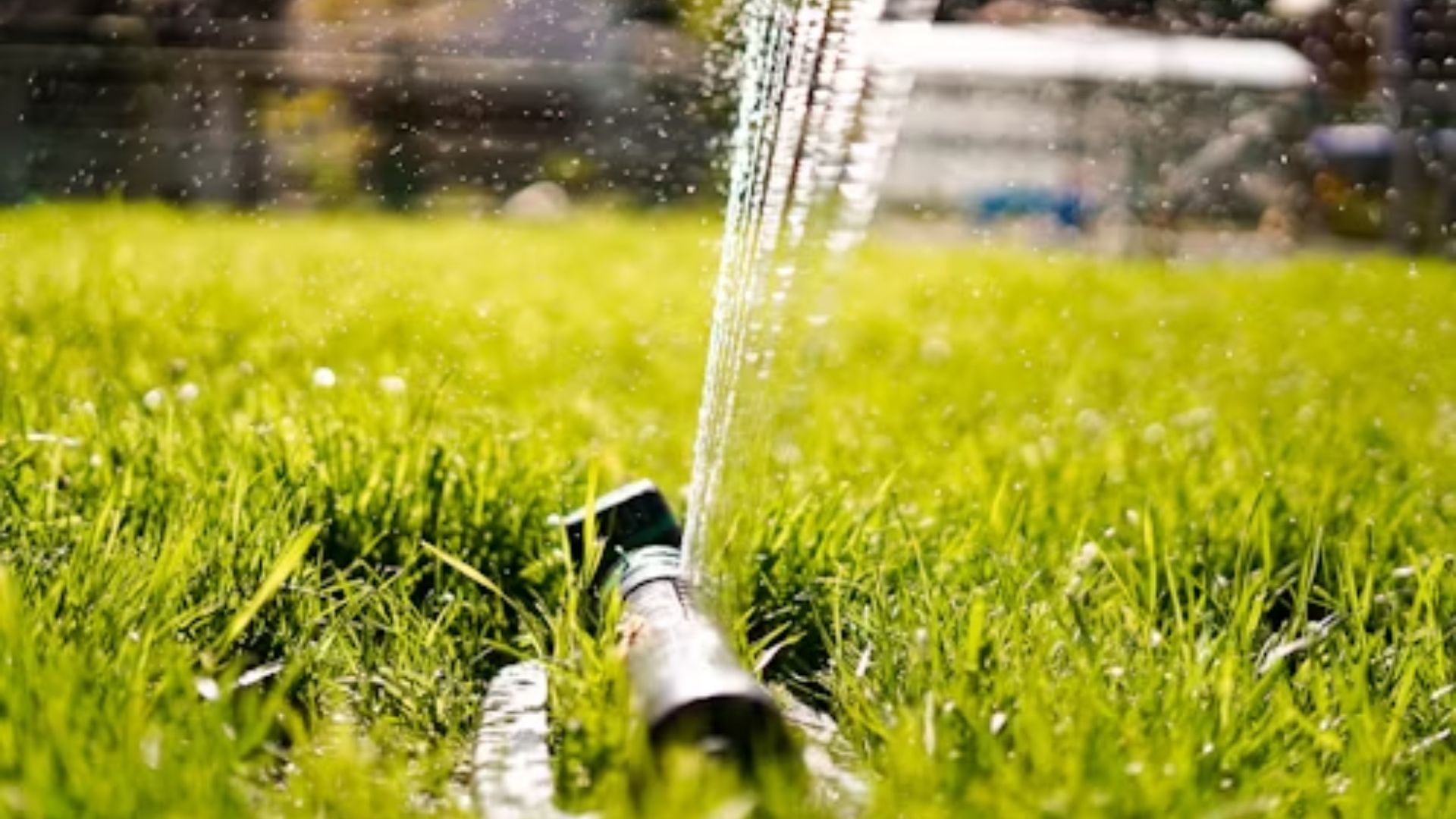
While this is a historic landmark in environmental regulation in the U.S., some environmental groups believe this regulation does not go far enough.
An open letter by a coalition of conservationist groups was sent to the state water board. The letter said this the regulation has “fallen far short of the goals set by the California Legislature and Governor Newsom’s Water Supply Strategy” when it “could have been an important tool”.
The Legislation Has Gone Through Several Stages

There has been a push-and-pull with regards to the regulation between industry coalitions and environmentalist groups.
The Legislative Analyst’s Office slammed an earlier version of the proposal at the start of the year as costly, complicated, and unrealistic. Due to this report and complaints from water agencies, the board cut the number of suppliers that would have to cut water usage by more than 20% and extended the total times to 2040.
This Will Be A Gradual Change
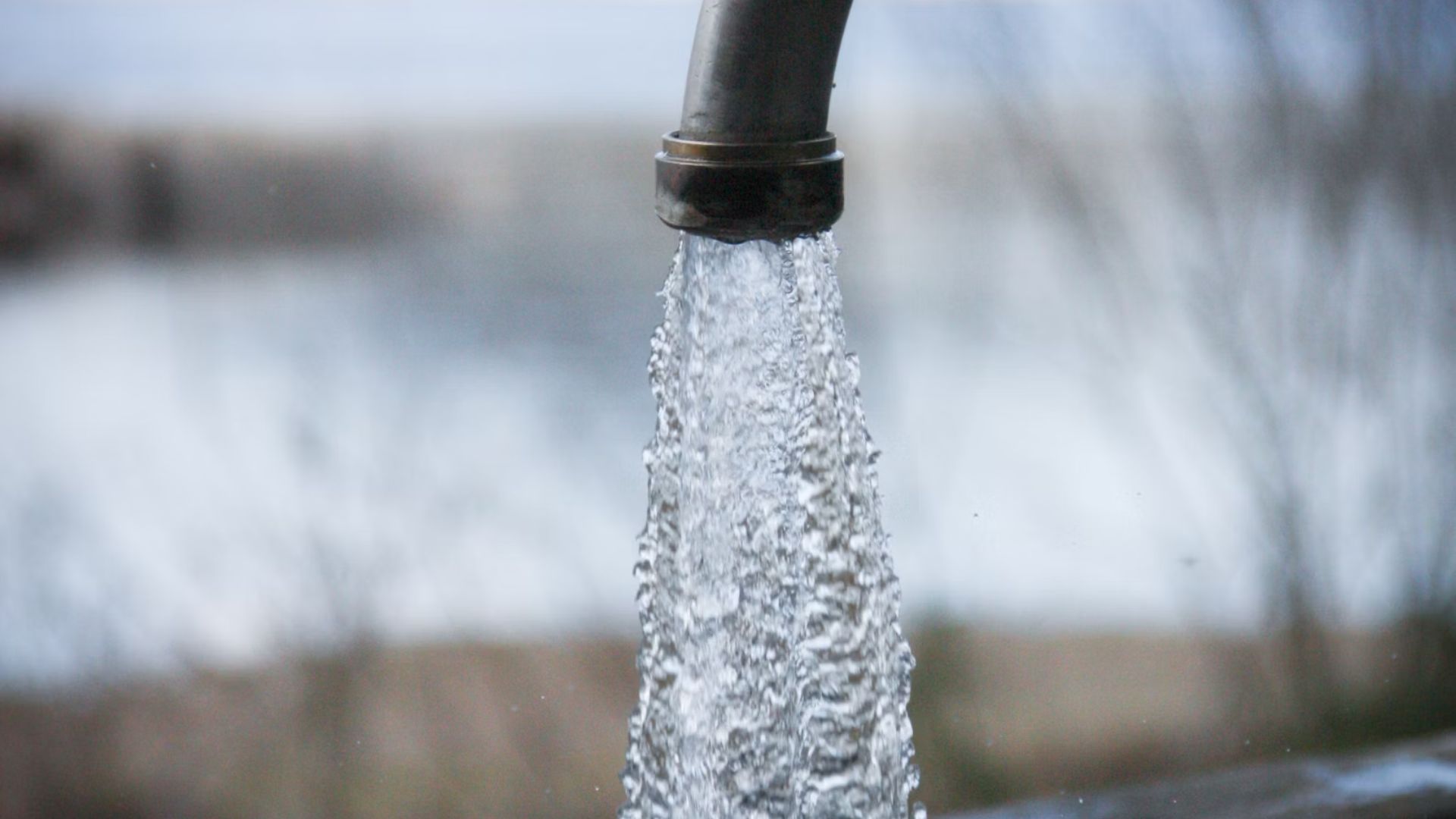
These are not draconian measures that suppliers will have to comply with overnight.
The board estimates that cuts greater than 30% will affect six suppliers by 2025, 2% of all the affected suppliers in the state. This means that 118,370 people will be affected by the largest cuts throughout then next year, with 1,733,569 people falling under the new regulations in 15 years’ time.
Reduction As A Cost-Effective Option
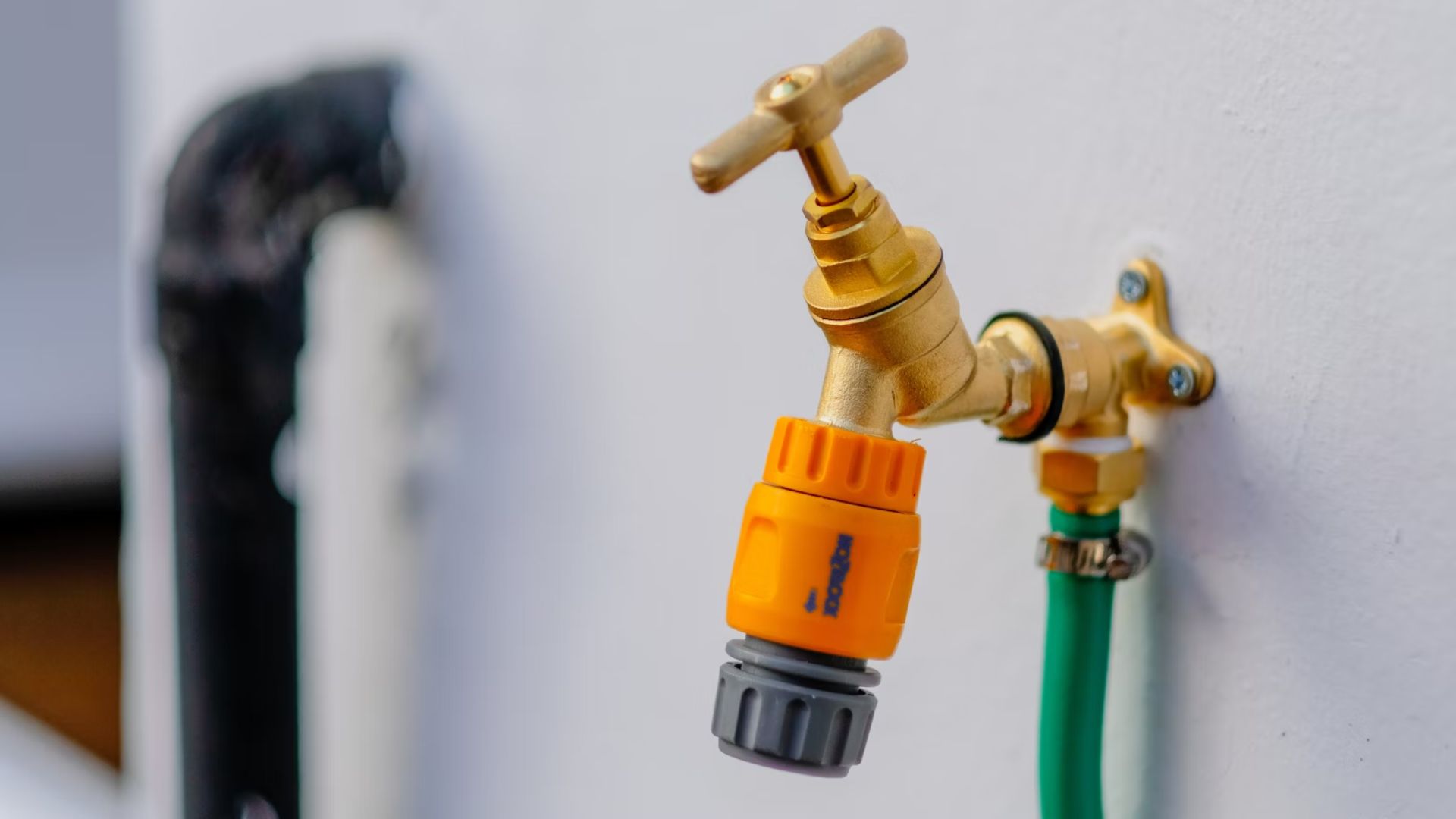
Reducing suppliers’ water usage is not the only option to conserve water but it has more financial advantages.
“Conservation and efficiency is the cheapest alternative available to us. It’s not free but it’s far less expensive than recycled water, than desalination, than really most other water supply options that we have,” said Heather Cooley, director of research at the Pacific Institute, to the Los Angeles Times.
A Historic Summer

This recent water restriction policy also comes during a historic week for much of the state, as various towns and counties have seen record-breaking temperatures this summer.
Areas like Palm Springs and Death Valley have reached new highs during this latest excessive heat wave.
This Is Landmark Legislation

Although California has brought in temporary water restrictions, this is the first legislation of its kind that is pushing for a permanent adjustment to the way Californian suppliers will use water.
“Today is an exciting and historic moment for California because we have now formalized water conservation as a way of life,” said Joaquin Esquivel, chair of the California State Water Resources Control Board.
